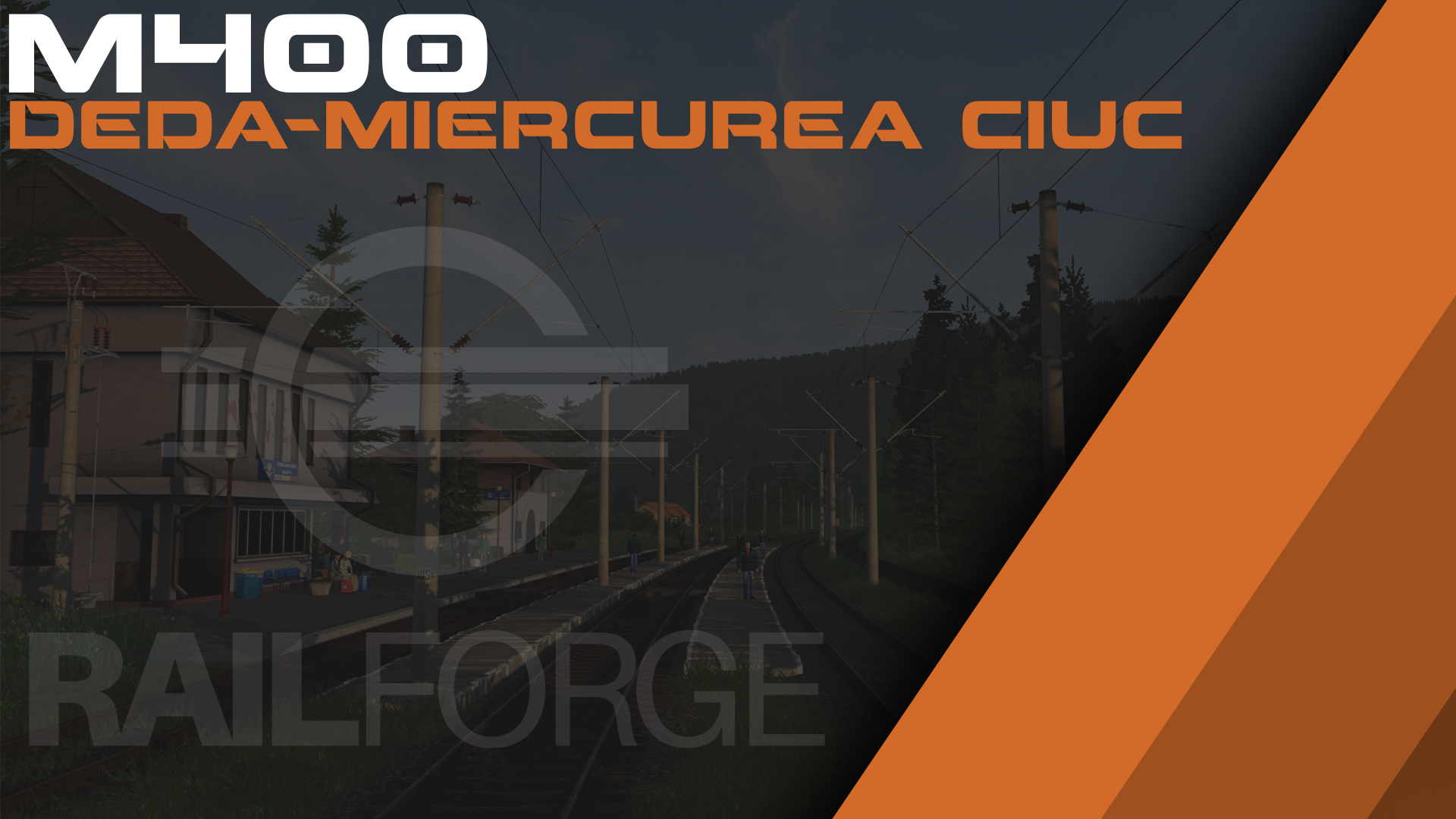M400 Deda – Miercurea Ciuc

The history of the railway connection to Miercurea Ciuc (known as Csíkszereda in Hungarian and Miercurea-Ciuc in Romanian) in Harghita County, Romania, dates back to the late 19th century. Miercurea Ciuc is a significant town in Transylvania, historically inhabited by both Romanians and Hungarians. The railway line connecting Miercurea Ciuc to other parts of Romania was an essential part of the region’s infrastructure development, facilitating trade, transportation of goods, and travel. Here’s a brief overview of the history of the railway connection to Miercurea Ciuc:
Late 19th Century: The late 19th century saw significant developments in railway infrastructure throughout Europe, including Romania. During this time, the Austro-Hungarian Empire, which then controlled Transylvania, invested in building railway lines to connect various regions within its territory.
Construction: The construction of the railway line to Miercurea Ciuc occurred during the latter part of the 19th century. The line was part of a broader effort to connect Transylvania with other regions of the empire and facilitate economic development.
Strategic Importance: The railway line served not only economic purposes but also had strategic significance, especially during times of conflict. It facilitated the movement of troops and supplies during wars and conflicts that affected the region.
Expansion and Modernization: Over the years, the railway infrastructure in Miercurea Ciuc underwent expansions and modernization to keep up with the changing times and technological advancements. This included improvements in track layout, signaling systems, and station facilities.
Social and Economic Impact: The railway connection played a crucial role in the social and economic life of Miercurea Ciuc and the surrounding region. It enabled the transportation of goods, raw materials, and passengers, contributing to the growth of industries and commerce in the area.
Post-World War II: After World War II, when Transylvania became part of Romania, the railway connection continued to be vital for the region’s development. It facilitated integration with the rest of the country and provided transportation links for both domestic and international trade.
Present Day: Today, the railway connection to Miercurea Ciuc remains an important mode of transportation, although other forms of transport, such as roads and highways, have also gained significance. The station serves both passenger and freight trains, connecting the town to various destinations within Romania and beyond. Overall, the history of the railway connection to Miercurea Ciuc reflects the broader historical, social, and economic developments of the region, highlighting the importance of transportation infrastructure in facilitating growth and connectivity.



